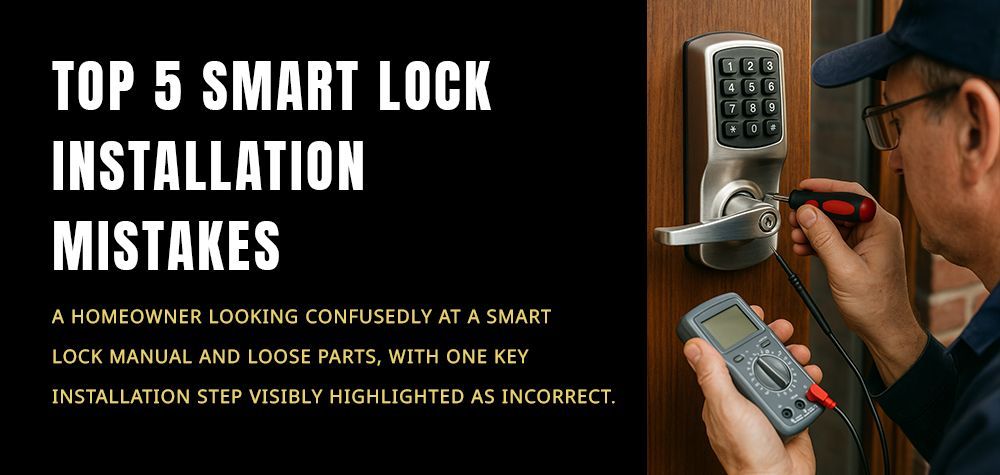The Art of Key Cutting: Precision, Skill, and Innovation
Key cutting is more than just duplicating a piece of metal—it is an intricate blend of skill, precision, and technology. Whether it’s a house key, car key, or high-security key, cutting a key requires absolute accuracy to ensure it works seamlessly with a lock. While it may seem like a simple process, the art of key cutting has evolved significantly, from manual grinding techniques to advanced laser key-cutting machines. In this guide, we’ll explore the detailed world of key cutting, the different types of keys, the step-by-step process, common mistakes, and why professional key cutting remains essential.
Best Places to Stash a Spare Key
What is Key Cutting?
Key cutting is the process of making a duplicate key or cutting a new key from scratch using a key blank. This process is crucial for security purposes, ensuring that people can access their homes, offices, vehicles, and other locked spaces.
The process involves selecting the correct blank key, using a key-cutting machine to replicate the unique pattern, and making fine adjustments for accuracy. From traditional mechanical keys to modern transponder keys, key cutting has adapted to advancements in security technology.
Types of Keys and Their Cutting Methods
Not all keys are created the same. The cutting method varies depending on the type of key being duplicated or crafted. Let’s explore the most common types of keys and their cutting methods.
1. Traditional Mechanical Keys
These are the most common keys used in homes, offices, and padlocks. They have a simple design with a unique cut that aligns with the lock pins.
- Cutting Method: Manual key cutting machines or automatic duplicators.
2. High-Security Keys
These keys are designed to prevent unauthorized duplication and provide extra security.
- Examples: Dimple keys, tubular keys, and laser-cut keys.
- Cutting Method: High-precision laser cutting machines.
3. Automotive Keys
Car keys have advanced security features such as transponders and RFID chips.
- Examples: Transponder keys, key fobs, smart keys.
- Cutting Method: Electronic key coding machines, laser-cutting machines.
4. Restricted and Master Keys
Restricted keys require special authorization for duplication, while master keys operate multiple locks in a hierarchical system.
- Cutting Method: Precision key cutting with restricted access to key blanks.
The Key Cutting Process: Step by Step
1. Selecting the Right Blank Key
Each key type has a unique blank that must match the original key in shape and material. A locksmith chooses the correct blank before proceeding.
2. Measuring and Decoding the Original Key
If duplicating an existing key, its pattern is measured using a key reader or a visual inspection method to ensure accuracy.
3. Cutting the Key Using a Machine
A key-cutting machine trims the blank to match the original key. Depending on the key type, a manual, automatic, or laser machine is used.
4. Finishing and Smoothing the Key
After cutting, the key’s edges are smoothed to prevent rough edges that could damage the lock.
5. Testing the Key
The final step involves inserting the new key into the lock to ensure it functions correctly. If adjustments are needed, minor refinements are made.
Tools and Machines Used in Key Cutting
Manual Key Cutting Machines
Used for standard mechanical keys, these machines require a locksmith to manually guide the blank key while a cutting wheel shapes it.
Automatic and Semi-Automatic Key Duplicators
These machines use a tracing mechanism to automatically cut keys with precision.
Laser Key-Cutting Machines
For high-security and automotive keys, laser-cutting machines offer extreme accuracy and intricate designs.
Electronic Key Coding Machines
These machines program transponder keys and smart keys for modern vehicles and high-security locks.
Common Challenges and Mistakes in Key Cutting
Even professional locksmiths encounter challenges in key cutting. Some common mistakes include:
- Using the wrong blank key – Choosing an incorrect blank key can result in an unusable duplicate.
- Misalignment during cutting – Even a small misalignment can prevent a key from working.
- Worn-out original key – Duplicating a worn key results in an inaccurate copy.
- Not smoothing the edges – Rough edges can damage locks over time.
The Evolution of Key Cutting: From Traditional to High-Tech
Key cutting has advanced from simple manual duplication to digital precision. Today, keyless entry systems and smart locks are becoming more common, yet key cutting remains a critical service. The future of key cutting involves biometric keys, mobile-app-controlled keys, and AI-enhanced security solutions.
Why Professional Key Cutting Matters
With the rise of self-service key duplication kiosks, many people wonder if professional key cutting is still necessary. Here’s why professional services are superior:
- Accuracy: Professional locksmiths use high-precision machines, ensuring the new key works flawlessly.
- Security: Experts follow proper security protocols to prevent unauthorized duplication.
- Quality Assurance: A skilled locksmith checks for defects and ensures smooth operation.
- Advanced Key Services: Many modern keys require specialized programming that only professionals can handle.
Conclusion:
Key cutting is both an art and a science, requiring skill, precision, and advanced technology. Whether you need a traditional house key or a high-tech automotive key, a professional locksmith ensures accuracy and reliability. With advancements in security, key cutting continues to evolve, making it an essential service in modern security solutions. Whether you’re duplicating a key for convenience or replacing a lost one, choosing a professional locksmith guarantees the best results.
Call Us Any Time!







